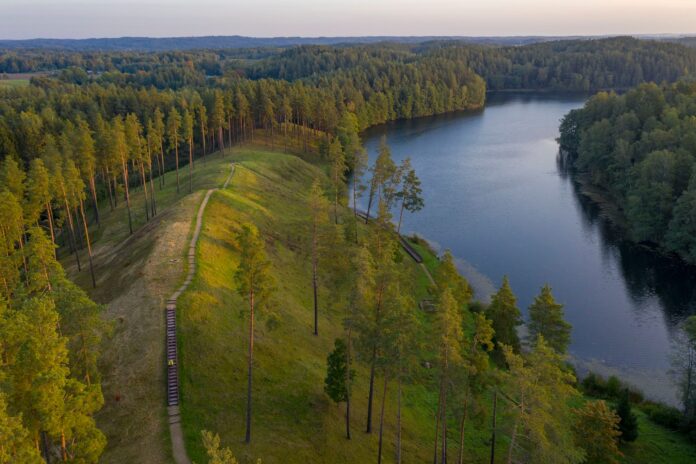
If you have visited Vilnius, you must have seen Gedimino pilis – Gediminas Castle, which is Lithuanian’s most famous hill fort. Hill forts are some of the most interesting and beautiful archaeological monuments in Lithuania, numbering nearly 1000. In ancient times, hill forts were used as a refuge or defended settlement, located to exploit a rise in elevation for defensive advantage. Lithuania has hill forts dating from the Bronze Age in the 1st millennium BC. Most of these forts were expanded between the fifth and fifteenth centuries when they were used in the Wars of the Dukes, and against the invasion of Teutonic Knights from the west. Most forts were located on the banks of a river or the confluence of two rivers. These fortifications were typically wooden, although some had additional stone or brick walls. The hill was usually sculpted for defensive purposes, with the top flattened and the natural slopes made steeper for defence. Nowadays, no castles are left standing, but the hill forts are popular sightseeing spots as they usually reveal stunning panoramas.
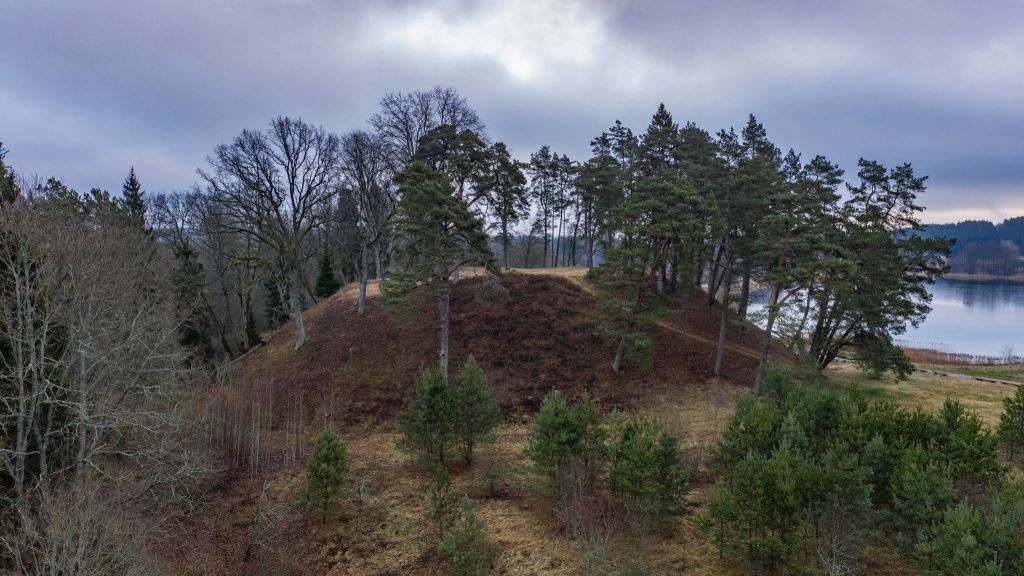
Vieškūnai Hill Fort, also known as the Amaliai Hill Fort or Šuneliškės Hill Fort, located in Palemonas, was only discovered in 1992. It is one of the best-preserved hill forts in Lithuania and dates back to the second half of the 14th century. The hill fort provides magnificent views all year round, including a panorama taking in the reservoir, sandy slopes and the pearl of Lithuanian Baroque, the Pažaislis Monastery.
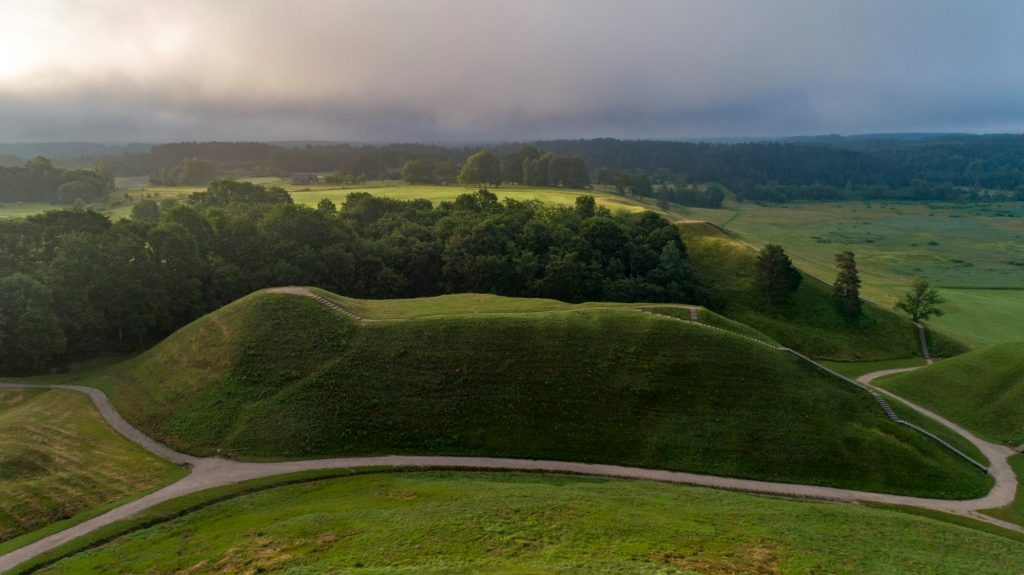
Aukštieji Šančiai Hill Fort, not far from the centre of Kaunas, is known as both Šančiai Hill fort and Aukštapilis. The forest covering the hill fort located on the right bank of the Nemunas, is the remnant of large forest that once surrounded the city.
The Jiesia or Pajiesys Hill Fort, also known as Napoleon’s Hill, is located on the left bank of the Nemunas at the confluence of the Jiesia and Nemunas close to Piliakalnio Street, between Panemunė and the railway bridges. The steep hill fort, overgrown with broad-leaved trees is a natural hill standing 63.6 metres high. In the autumn, winter and spring, before the trees are in leaf, a panoramic view of Kaunas can be seen. It is believed that in June 1812, Emperor Napoleon watched the French Army crossing the Nemunas for three days and three nights from this hill, which is how it got its other name. According to the memoirs of his contemporaries, after exploring the area, Napoleon ordered that cannons, fired to cover the troops crossing the river, be brought to the hill fort. However, this was unnecessary as the army faced no resistance.
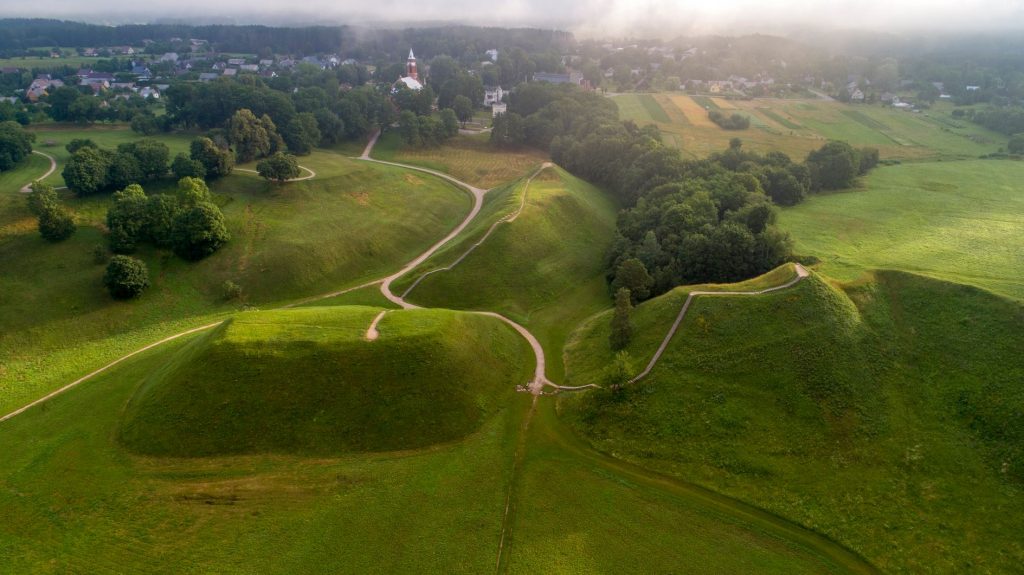
The Veršvai Hill Fort, or Lampėdžiai Hill Fort, located In Vilijampolė on the right bank of the Nemunas, dates back the 14th century. According to archaeologists, a wooden castle stood here at the time and was destroyed during the battles against the German Crusaders and thus is an important site in regard to the creation of the Lithuanian state. It is a popular location for community celebrations, national and traditional Baltic festivals, with guests from Kaunas and abroad.
In 1379, the chronicles of Wigand of Marburg state that a marshal of the Teutonic Order, Gottfried of Linden, who was attacking Lithuania, descended from Neris to Eiguliai. This is the first mention of the name of Eiguliai Hill Fort. Today, Eiguliai is a residential district of Kaunas. It is believed that the castle of Eiguliai (Egollen) stood on this hill fort and was burnt by the German Crusaders on June 30, 1382. There are those who believe that the rebuilt Vytautas Eiguliai castle was where Vytautas defeated Skirgaila in 1390.
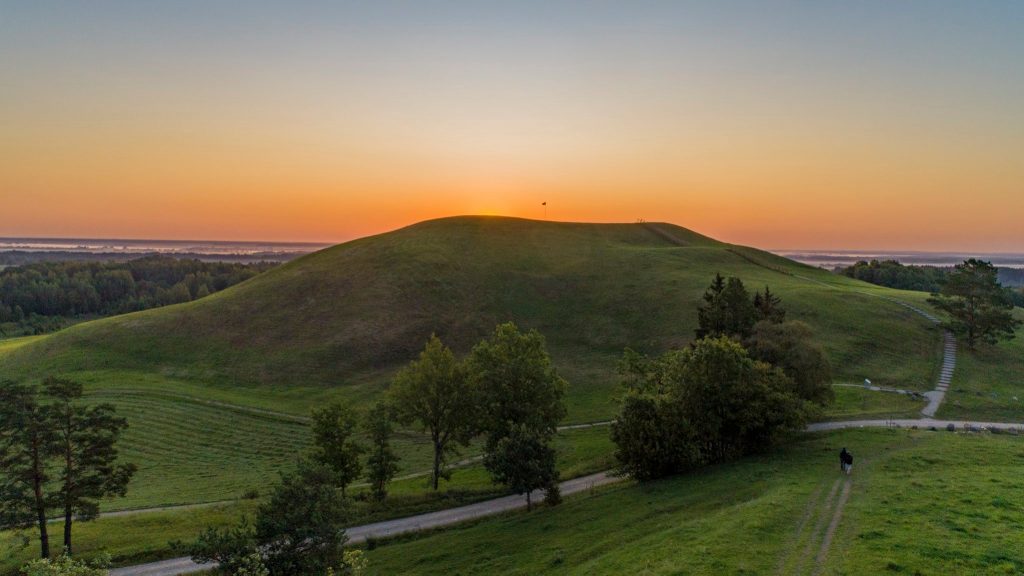
The Piepaliai Hill Fort is on the right bank of the Nevėžis River. It is also known as Babtynas, Babcinas and Žemaitkiemis, on the way to the Babtynas-Žemaitkiemis Manor, famous for its cultural events and located northeast of Piepaliai village. Legend has it that the Swedes covered the hill fort with their hats. Another legend is about two brothers who found treasure here, but in an argument about who should get the horses to haul the treasure, the chest fell into the river.
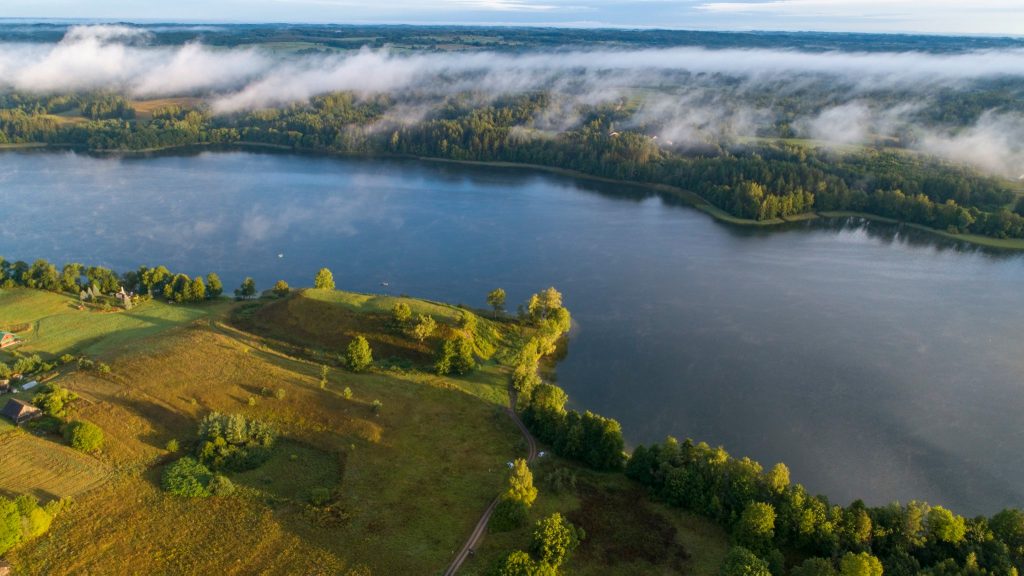
On the route from Kaunas to Jurbarkas, about 5km from Vilkija, it’s possible to visit the Ringovė Hill Fort, which is sometimes called Pilikė or the Humorous Hill. This is an archaeological monument from the early period of feudalism.There are several stories relating to this hill fort, including the one about a priest falling into the nearby creek, which was then called Šventupis (Holy River). It is also reported that around 1364 an attempt was made to build a big wooden castle, Ringė, one of the links in the Nemunas defensive line.
With news from DELFI.lt



























